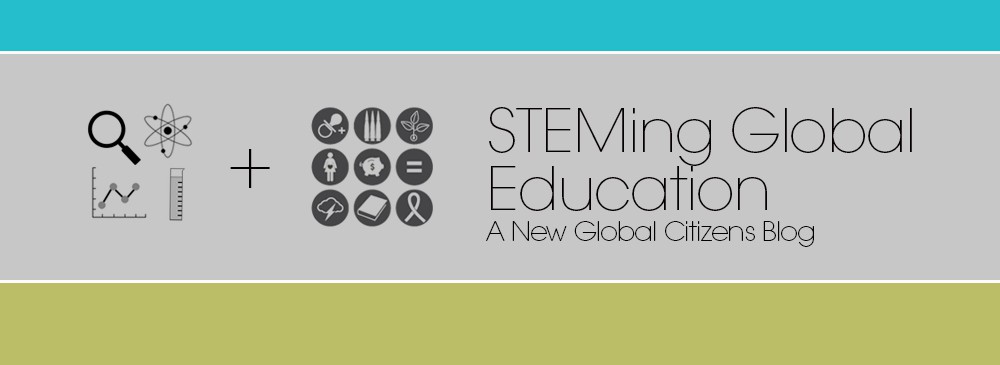For my second blog post, I thought it would be fun to interview my friend and coworker Debra. Debra is also an intern with Tenke Fungurume Mining, and she is from Lubumbashi, the closest major city to the mining concession (about a 3-hour drive away) and the second-largest city in the DRC. Debra is interning with the Resettlement Action Plan team in the Community Development department, and we have been working together on a project over the past few weeks.

Debra and I in front of a Tenke Fungurume Mining vehicle before going to the field for the day, in front of the RAP (Resettlement Action Plan) office at Base Camp
One day at the office I was struggling to say something in French, and Debra responded in perfect English — “I didn’t know you spoke English!” I said, surprised, and she explained that she actually attends university classes in English, because she is a student at Mindolo Ecumenical Foundation, a university just across the border from Congo in Kitwe, Zambia where English is the official language. Her mother is Zambian and her father is Congolese, and Debra has attended school in both French and English. She speaks five languages (Chokwe, Bemba, Swahili, French, and English), and she is studying social work at university. Next year she is considering starting another concentration in management to gain another set of skills.
When I asked Debra about gender roles in DRC, she told me that girls and women in DRC today have more choices and more opportunity when it comes to schooling, sports, careers, and marriage. Debra plays soccer every Tuesday and Thursday with a women’s team here, and she told me that girls sports programs have generally become stronger in schools in DRC, although it depends on the size and funding of the school. Debra told me that in the past, some tribes would not allow women to marry outside of their own tribe, but that is changing. For her ethnic group, the Chokwe, it is not uncommon for women to marry outside of the tribe and like in the United States, women are getting married later.
In DRC, women can become doctors, lawyers, and really anything else that they set their sights on, but limited economic opportunity and quality of education can prevent both boys and girls from achieving their goals. Growing up, Debra saw a need to help young people—she told me that too many young people drop out of school because they cannot pay for it, or because they are not motivated, and this is why she chose to study social work. After she graduates, Debra wants to work with youth and girls in particular, helping them stay in school and lead healthy, successful lives.













